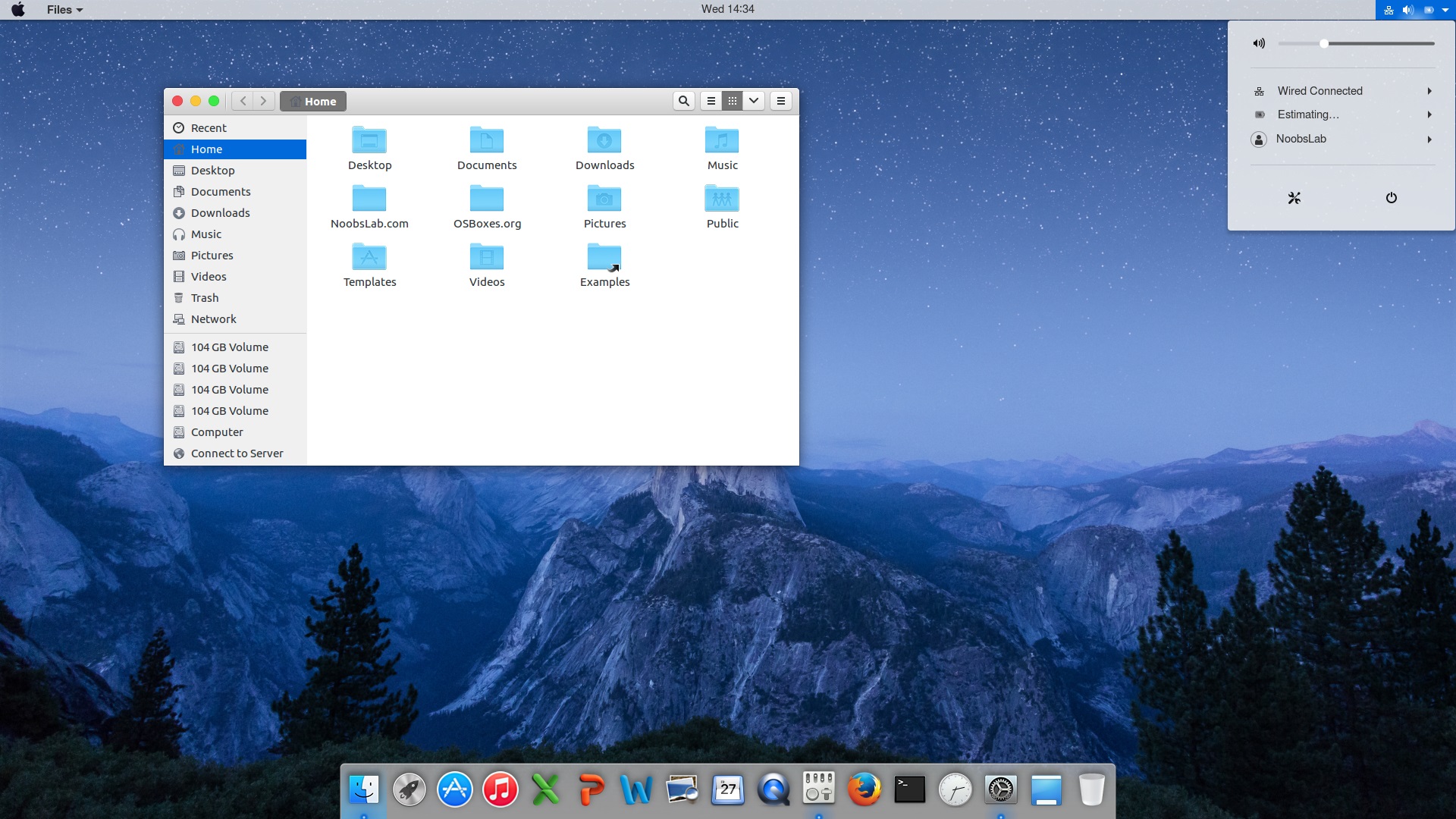

- #Mac terminal commands prank how to
- #Mac terminal commands prank install
- #Mac terminal commands prank manual
- #Mac terminal commands prank series
- #Mac terminal commands prank download
With a number of other ways to use text-to-speech in OS X, many of you are probably wondering by now: Why bother using Terminal when I could just as easily use OS X services through the graphic interface? The answer is twofold.
#Mac terminal commands prank how to
How to Repair Problems With Microsoft Office Installation
#Mac terminal commands prank manual
As with all Terminal commands, if you want to dig into some of the more esoteric things, just use the man command to display manual for say: These are the most common options for the say command in OS X. This makes creating audio files from long documents much faster. When you use the output option, your Mac does not actually speak the live text it just synthesizes the audio and empties it into your output audio file. Say -v Karen -r 250 -o /Users/Tanous/Music/test_output.aiff -f /Users/Tanous/Desktop/test.txt
#Mac terminal commands prank series
To wrap up our series of examples, we’ll have Karen read this text file at 250 wpm and output the speech to an AIFF file in our user’s Music folder. To do this, add the -o option to your command, followed by a path and file name. If you have your Mac say something particularly valuable, you can generate the speech as an audio file for later playback or sharing. Say -v Karen -r 250 -f /Users/Tanous/Desktop/test.txt Building on our example above, we’ll ask Karen to read this text document at 250 wpm: Increase this number to make your Mac talk faster, decrease it to analyze things.

Although it varies by voice, 175 words per minute is roughly a “normal” speaking rate. Just add -r followed by a number representing the desired reading speed in words per minute. But you can use the -r option to make this faster or slower. Say -v Karen -f /Users/Tanous/Desktop/text.txtīy default, OS X will speak your text at its normal pace. Note that if you use the say command with modifiers, you must enclose your text in parentheses. Go back to Terminal and type again say, but this time follow it with the modifier -v, the name of the selected voice, then the desired text. In our example, we will use the Australian female voice “Karen”.
#Mac terminal commands prank install
When you do, install it and write down its name. But with a wide choice to choose from, everyone should be able to find a voice or two they like. Some voices are very good and surprisingly natural, some are weird and funny, and still others are just plain bad. To sample voices before installing them, select one and press the To play button at the bottom of the Customize window.
#Mac terminal commands prank download
There are dozens of male and female voices to choose from you can find a complete list in System preferences> Dictation and speech> Text-to-speech> System voiceThe voices installed by default are available in the drop-down menu, but you can download and install more through the Personalize option.

The default voice in OS X is the male voice “Alex”, but you can also use one of the different voices by entering a modifier in your say order. If your Mac’s speakers are on, you will hear a familiar computerized voice speak the designated phrase. In our example, we’ll ask Terminal to say “Hello Jim:” To use speech in Terminal, open a new Terminal window and type say followed by a space and the word or phrase you want, then press the Return key. While the Mac’s quality and voice capabilities have improved dramatically since then, there’s still an old-fashioned way to get your Mac to talk: the Terminal. Since the introduction of the first Macintosh computer in 1984, text-to-speech has been a major feature of the platform. The How to Make Your Mac Speak Using a Terminal Command


 0 kommentar(er)
0 kommentar(er)
